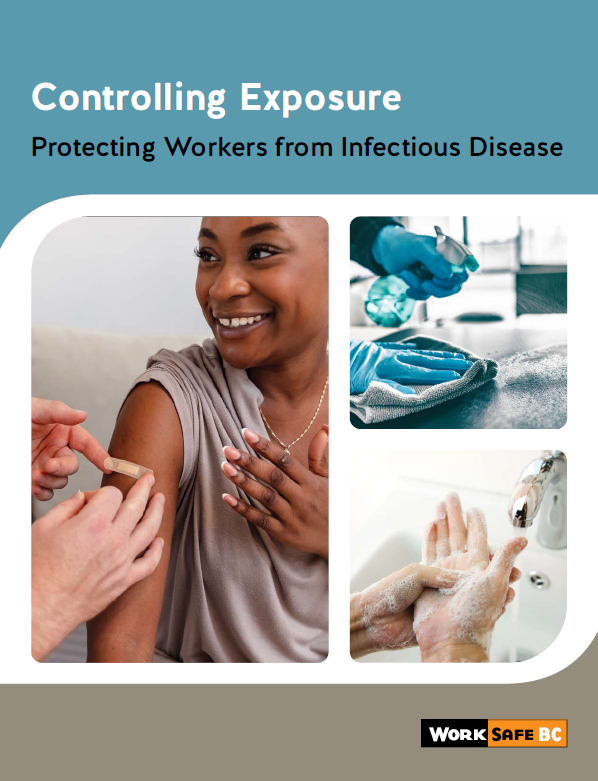Rabies
Rabies is a virus that spreads from animals to humans. It attacks the central nervous system and is almost always fatal. If you work with or around pets, livestock, and wildlife you might be at risk. You should always follow safe work procedures and use personal protective equipment.
- The risks
- How to reduce the risks
- Resources
The risks
The rabies virus spreads from animals to humans through the bite from an infected animal. Rabies is usually found in wild animals such as raccoons, skunks, bats, and foxes. In B.C., bats are the only natural source of the rabies virus. Domesticated animals (such as dogs and cats) can become infected if they are bitten by an animal with rabies or come into contact with its saliva. Symptoms can begin days or months after a bite. Rabies is nearly always fatal.
People working with animals are at highest risk for getting the rabies virus. The list of specific types of worker at risk includes:
- Veterinarians
- Animal control workers
- Rabies diagnostic lab workers
- Spelunkers (cavers)
- Wildlife biologists (especially bat biologists)
- Pest control workers
How to reduce the risks
The most effective way to prevent rabies is to avoid animals that are showing signs of rabies. An animal may be rabid if it is unusually aggressive. If you've been bitten by an animal you suspect has rabies, you should wash the wound well with soap and water then see a doctor immediately. The animal that is suspected to be rabid should also be tested.
If a worker or workers could be exposed to rabies virus, the employer must develop and implement an exposure control plan (ECP). This plan must identify the workers at risk of exposure and the controls required to protect those workers. These will be unique to each worksite and work environment. When choosing risk controls, consider the following questions. The questions are grouped according to type of control. The three applicable types of control are listed here in order of effectiveness.
-
1
Engineering controls
This type of control involves making physical modifications to control the hazard or reduce exposure. Some questions to consider:
- Are nets or other equipment available that will allow the animal to be captured at a distance?
- Are restraint devices (e.g., restraint poles, muzzles, and kennel squeeze panels) available to help restrain a suspect animal?
-
2
Administrative controls
This type of control involves changing work practices and policies. Some questions to consider:
- Have workers been immunized with the rabies vaccine?
- Are safe work procedures for handling aggressive or suspect animals available and in use?
- Are handwashing facilities and alcohol-based hand rub dispensers available?
-
3
Personal protective equipment (PPE)
This is the least effective type of control. When used, there must always be at least one other control in place as well. Some questions to consider:
- Are workers wearing bite-proof gloves?
- Are workers wearing heavy protective clothing, surgical masks, and eye protection?


